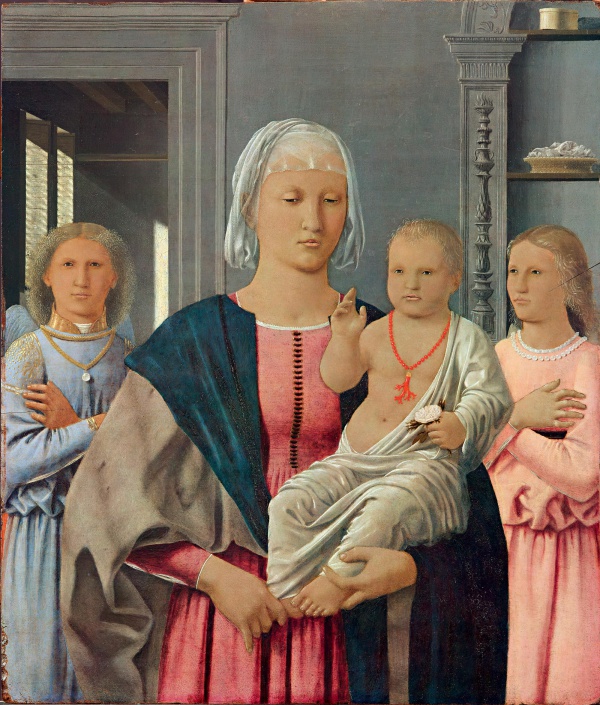Facts About Madonna di Senigallia
The "Madonna di Senigallia" is a captivating painting by the Italian Renaissance artist Piero della Francesca, completed around 1474. This masterpiece can be admired at the Galleria Nazionale delle Marche, situated in the magnificent Ducal Palace of Urbino.
Originally intended for private devotion due to its modest size, the painting was rediscovered in 1822 in a church near Senigallia, a charming town in Italy's Marche region. Art historians believe that Giovanni Della Rovere commissioned the piece around the time of his engagement to Giovanna Montefeltro in 1474.
What makes this painting exceptional is Piero della Francesca's masterful use of light and his acknowledgment of Flemish artistic influences. The artwork is laden with symbolism: the light streaming through the window is thought to represent the Virgin Mary's immaculate conception, the linen basket signifies her purity, and various other details subtly reference the Eucharistic sacrifice.
The figures in the painting exude a serene stillness, potentially hinting at deeper religious themes. Following a meticulous restoration in the 1990s, the painting’s remarkable quality and intricate details were revealed, enhancing our appreciation of Piero della Francesca's genius.

 Vatican
Vatican